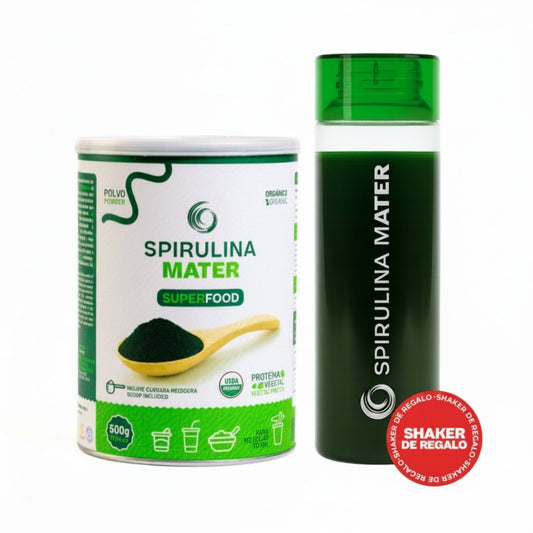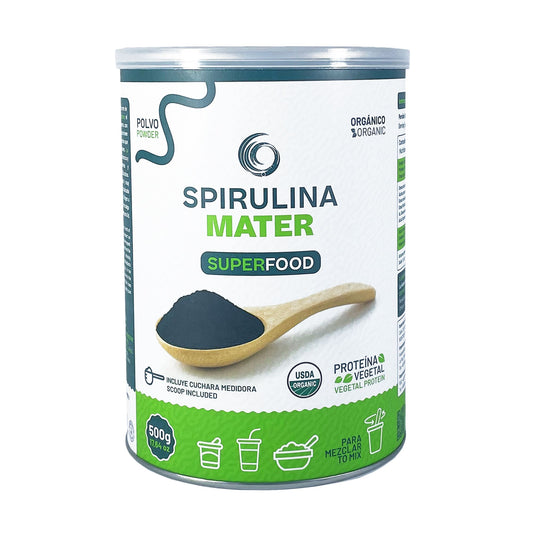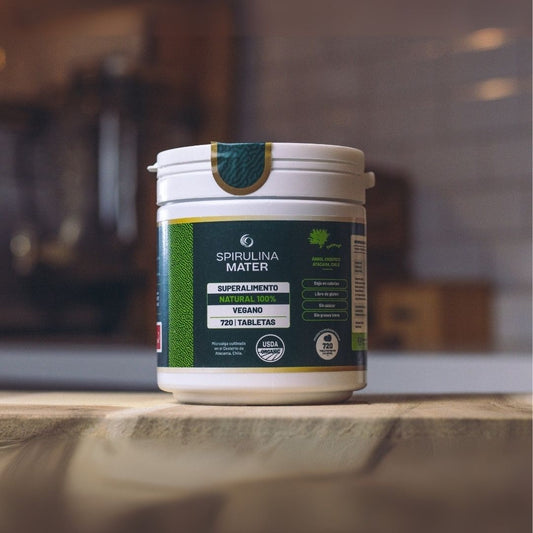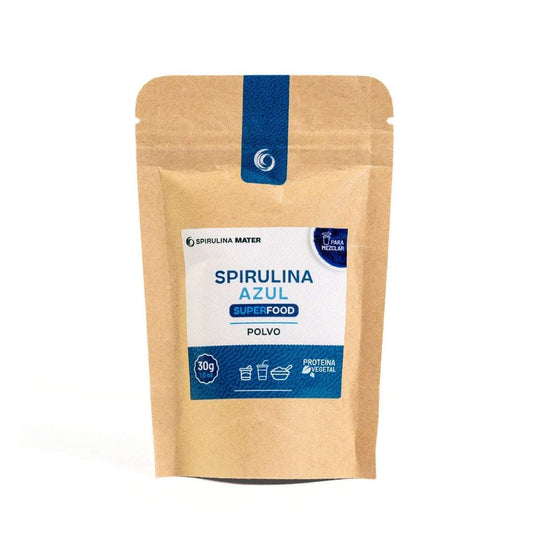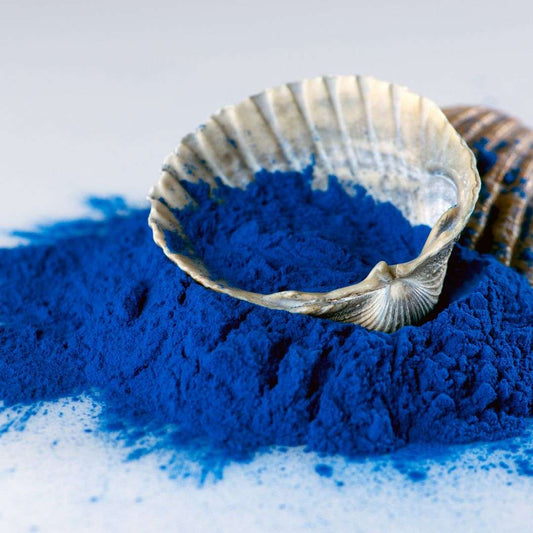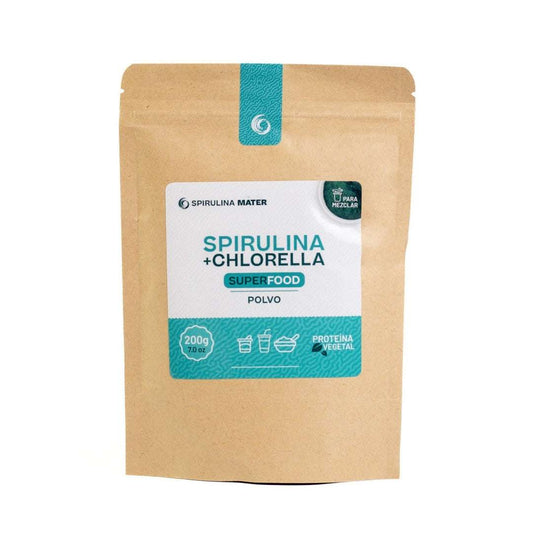Spirulina and the environment
Spirulina is friendly to the Environment, and produces a large amount of oxygen.
Spirulina Cultivation is Environmentally Friendly
Given the ecological, climatic and demographic situation that the planet is experiencing, it is very important to establish an organically produced diet. In addition to all the health benefits of spirulina, it must be added that it is friendly to the Environment.
The desire of a part of society to live in harmony with nature, instead of degrading it, transformed the initially somewhat esoteric concept of ecology into a household word and stimulated great interest in this branch of biology.
Ecology and the impact of human activity on the planet have reached enormous significance. Living beings are in permanent contact with each other and with the environment in which they live, which is why we must become aware of the problems that affect the planet, and require a prompt solution.
Spirulina is a true alkalophile that tolerates alkaline pH. It can reproduce in extreme situations, being one of the foods that requires the least resources for its production.
It grows in brackish lakes, so it does not compete with or displace other food sources. In fact, it turns a limitation into a resource. “It is drought-proof, since it does not depend on rain, and remains stable for up to a year after drying it” (Ortiz de Montellano, 2003, p. 132), so it can be harvested and prepared when it is abundant and stored. for times of scarcity (Atlas et al., 2002).

Spirulina contributes to the environment:
- With 60% more protein than any conventional food, spirulina provides 20 times more protein per acre than soybeans and 200 times more than meat.
- Spirulina uses one hundred to four hundred times less water than any conventional protein source.
- The water used does not necessarily have to be drinkable, it is brackish, it is recycled and used again to produce more spirulina.
- Spirulina is considered one of the microalgae with the highest oxygen production capacity (Earthrise, 2009). It is more efficient than trees since it makes up 6.3 tons per hectare per year, producing 16 tons of oxygen.
- Spirulina crops, in addition to being highly productive (they are grown and harvested during the four seasons of the year), save significant amounts of land and water.
Learn about our contributions to the environment that we make when you buy our Spirulina


